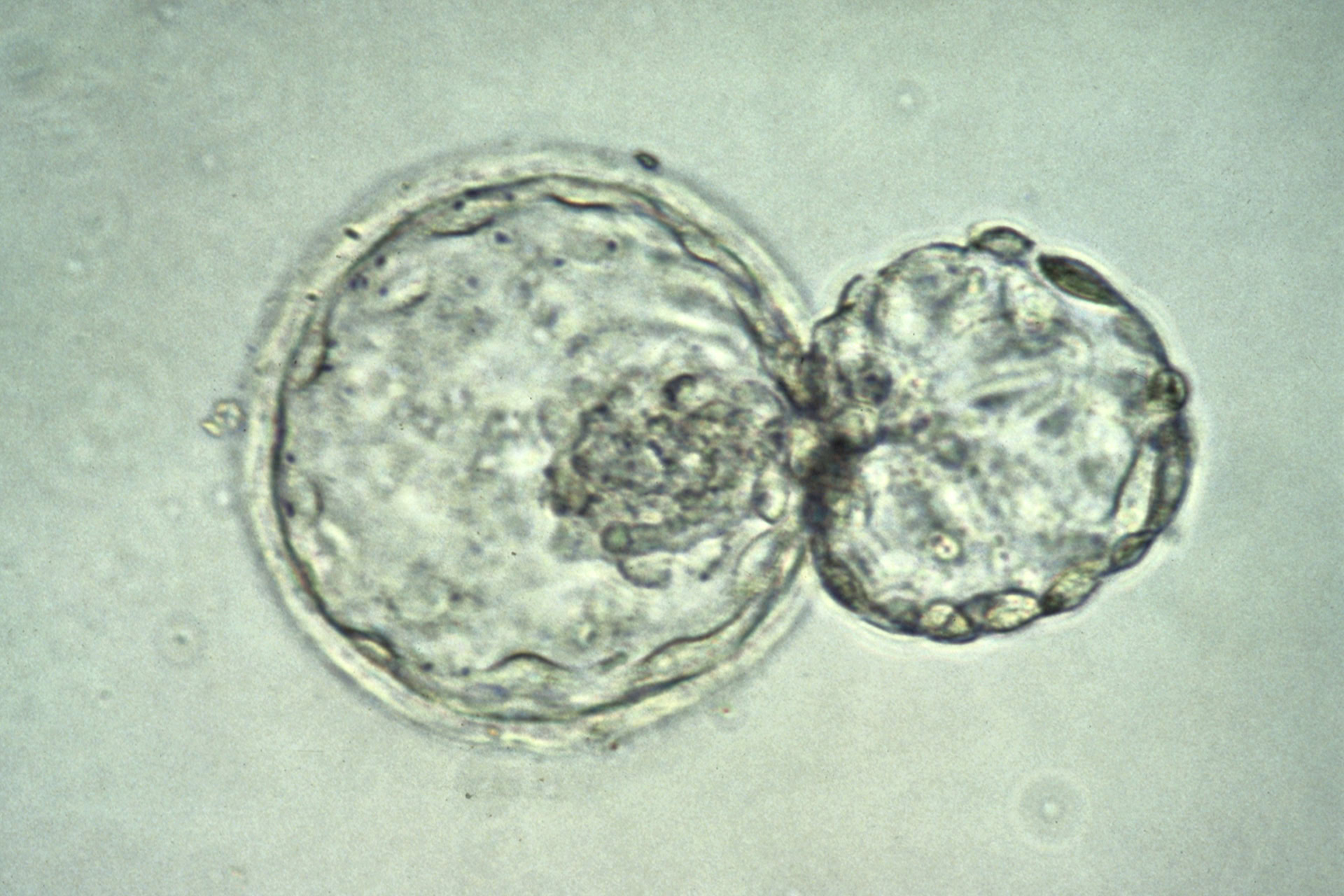Cells in synthetic mouse embryos have been shown to have gene expression profiles resembling those of the three initial cell lines of a mammalian embryo: the trophectoderm, epiblast and endoderm.
Scientists in Japan and the USA had already developed a system to create synthetic embryos out of epiblast stem cells, by exposing the cells to conditions that led them to assemble into structures resembling pre-implantation embryos. In this study, they tested the gene expression in the synthetic embryos to confirm that the cells had differentiated into the cells that would develop into the different parts of the fetus and placenta as would be expected in a natural mouse embryo.
'Our single-cell RNA-sequencing analysis confirms the emergence in our synthetic embryo system of the cell types that lead to the three fundamental components of an early mammalian embryo,' said Dr Cody Kime, one of the study's authors. 'In addition, it unveils in amazing detail the genes and biological pathways involved in the development of these precursors and their maturation into specific tissues.'
Embryo research is limited by ethical concerns, lack of availability of healthy human embryos and restrictions such as the 14-day limit on human embryo research. Generation of stem cell based synthetic embryos could help to overcome some of the ethical concerns and allow detailed analysis of these important stages of early development.
In this work, published in the journal Stem Cell Reports, synthetic embryos were made from culturing mouse epiblast stem cells under specific conditions. After five days in culture, the synthetic embryos showed cellular genetic profiles of the three key parts of a blastocyst-stage embryo: the trophectoderm, which forms structures outside of the fetus such as the placenta, and the two cells types found within the inner cell mass, the epiblast and the primitive endoderm, which go on to form the fetus.
Generating synthetic embryos that are able to produce all three cell types has been a limitation in previous work. The authors suggested that their system is an efficient way of producing models for embryo development that can be used to understand early embryo development.
'Our findings provide strong evidence that our system is a good model for studying the early, pre-implantation stages of embryo development,' said Dr Kiichiro Tomoda, first author of the study. 'Using this model, we will be able to dissect the molecular events that take place during these early stages, and the signals that the different embryonic cells send to each other.'
The early embryo shows the unique property of being able to lead to all the future cell types of the body, termed totipotency. The study authors concluded that their synthetic embryos may help to shed light on this fundamental property.
'Totipotency is a very unique and short-lived property of early embryonic cells, said Dr Kime. 'A very exciting prospect of our work is the ability to understand how we can reprogram cells in the lab to achieve totipotency.'






Leave a Reply
You must be logged in to post a comment.